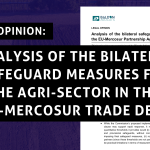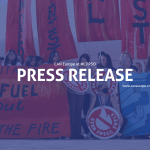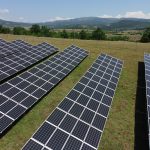The PAC scenario illustrates a pathway for the transition of the EU’s energy system that is in line with EU leaders’ commitment to the Paris Agreement.
The global pandemic shock shows us Europe is not resilient. The EU needs to use its answer to this as an opportunity to make sure societies recover in a manner that does not deepen but reduce the damage of the ongoing climate crisis. The time is now that the EU jointly addresses the economic and the environmental challenge through rapidly building an energy system that cuts greenhouse gas emissions by 65% in the year 2030.
The key elements of the PAC scenario are:
1. A mobilisation of energy savings potentials through accelerating deep renovation of buildings and a modernisation of industrial production processes. The increase of energy efficiency in transport is also a main contribution. This leads to halving the EU’s energy demand between 2015 and 2050.
2. A swift ramping up of domestic renewable energy use, in particular of solar PV and wind energy for electricity production. Renewable electricity generation triples during the decade from 2020 to 2030. This leads to renewables covering 50% of gross final energy consumption in 2030 and 100% in 2040.
3. An electrification of industrial processes, heating and transport, based on renewable electricity. Heat pumps and electric vehicles are key technologies that will progressively dominate buildings and roads in the 2030s.
4. A quick phase-out of fossil fuels, starting with coal mostly disappearing from the mix by 2030, fossil gas by 2035 and fossil oil products by 2040. Most nuclear power plants also will be closed by 2040.
5. A limited role for non-fossil gases and fuels which are based exclusively on renewable hydrogen. These synthetic gases and fuels produced through electrolysis are essential for decarbonising industry and aviation, besides a smaller and declining contribution of sustainably sourced biogas and biomethane.
In view of the EU climate and energy targets for the year 2030, the PAC scenario shows that the current level of ambition can be raised substantially:
– The current EU target of reducing greenhouse gas emissions by at least 40% compared to 1990 can be updated to 65% emission reductions.
– The current EU energy efficiency target of 32.5% also can be outperformed. The PAC scenario leads to at least 45% energy savings as compared to PRIMES 2007 projections for both primary and final energy.
– The current EU renewable energy target of 32% share of renewable energy sources in gross final energy consumption can be increased to at least a 50% renewable energy share.



